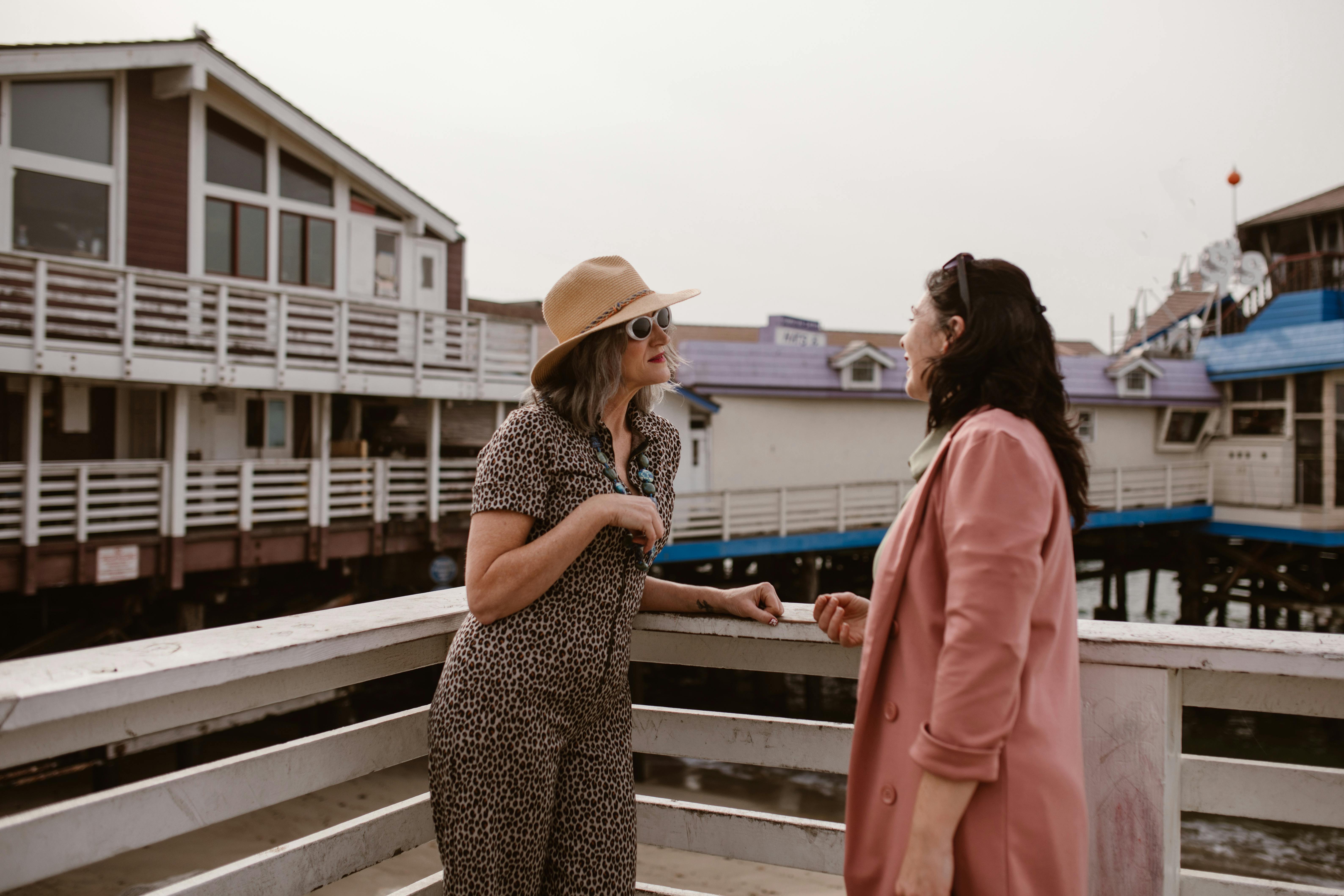paint the hair
Painting portraits is a great hobby that gives a lot of pleasure to both the artist and the model. However, it is better for both of you if the texture, color, and flow of the hair closely match the model. Follow these steps to get more realistic colors in your next portrait.
Before painting the hair, you should always have the rest of the face finished first. The flesh color extends to the hairline. This is so that the flesh color shows through and the hair does not look unnatural. Remember that hair is much more than a layer, therefore, you should paint it in layers. There are also hundreds of shades of hair color. To keep it as simple as possible, try basing each portrait with blonde, brown (this includes red), black, or gray.
Underneath paint the entire area of the hair with a very light mixture of one of these colors. These are called shades. This underpainting will actually be the highlight because as you work you won’t be covering all of this. Notice where the dark or shadowed areas are and paint them over. Now use a darker color and start stroking the strands of hair. Black is the opposite. Start with the darkest undertones and then add lighter layers. Continue until you are satisfied with the results. It is very easy to overdo the hair. Know when to stop!
These are the colors you will use for any shade of hair.. Remember to apply the shades first.
Blonde (Reds) Titanium White, Medium Cadmium Yellow, (Alizarin Crimson)
Use Burnt Umber to darken blonde and red hair
Brown Titanium White, Burnt Shadow
Use Cadmium Red or Ivory Black for red or blackish tones
black ivory black shades
Warm Black – Ivory black and a hint of brown
Cool Black – Ivory black and a hint of blue
Gray Titanium White, Ivory Black for a gray tint
Warm gray – Ivory black and a touch of brown
Cool gray – Ivory black and a touch of blue
Start the first coat or shades with a very watery mix of paint. Use a medium to large brush because you’re not painting details. Don’t try to paint individual strands of hair at this stage. Start adding more paint color to your brush and add a few more layers. Pull the brush in the direction of the hair flow. Use an eyeliner brush to add a few hints of individual strands. Add deep pockets of color to give the portrait depth. I added some deep shadow on the side of the neck.
Congratulations! You should be well on your way to becoming your own portrait master. As always, don’t forget to sign your painting.
